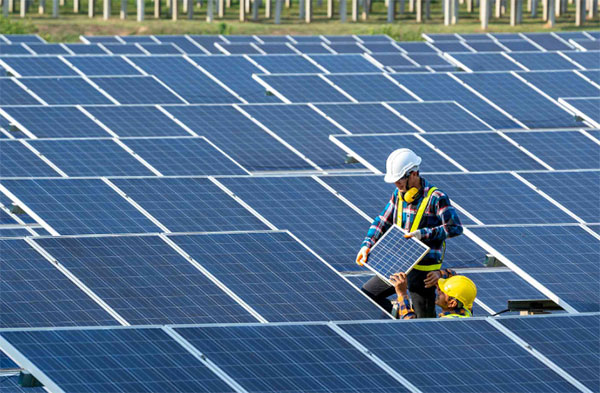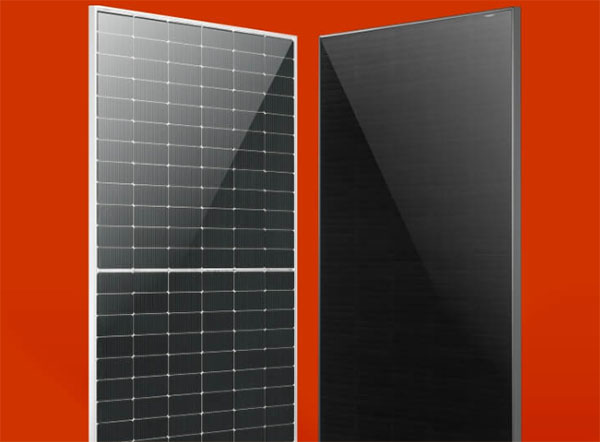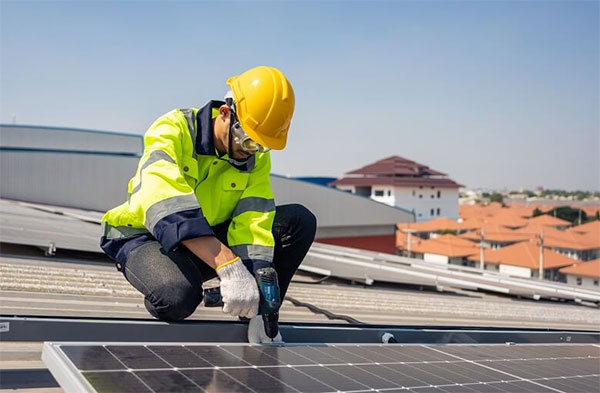Description
The top best solar panel brand varies based on specific needs and regions, but globally recognized leaders include Tongwei Solar, SunPower, and LG Solar, known for their efficiency, durability, and innovative technology.
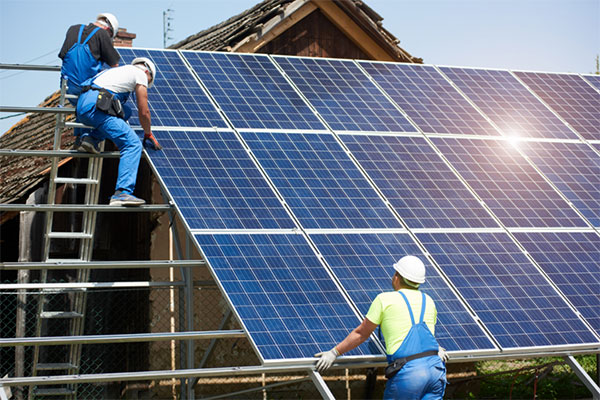
Criteria for Evaluating Solar Panel Brands
Efficiency
When talking about solar panels, efficiency is paramount. Efficiency refers to how well a solar panel can convert sunlight into electricity. On average, most solar panels on the market have an
efficiency rate of 15% to 20%. High-quality panels, however, can exceed 22%. This parameter determines how much power you can derive from a panel of a given size.
Longevity and Durability
The durability and longevity of solar panels are critical. Typically, solar panels come with a lifespan of 25 to 30 years, with some premium panels lasting even longer.
Durability ensures that panels can withstand various environmental factors like hail, high winds, and heavy snow. Moreover, degradation rate, which refers to the percentage by which a panel's output decreases each year, should ideally be less than 0.7% for quality panels.
Warranty and Support
Warranty is a reflection of a manufacturer's confidence in their product. Most top-tier manufacturers offer a 25-year linear
warranty, ensuring that the panel's power output does not decrease more than a set percentage every year. In addition to the performance warranty, a 10 to 12-year product warranty covering defects in materials and workmanship is also valuable.
Cost-effectiveness
When assessing solar panels, one must consider not just the upfront
cost, but also the long-term value. While some panels may be inexpensive initially, their overall performance, durability, and warranty might not make them cost-effective in the long run. On average, the cost of solar panels in 2022 was around $2.50 to $3.50 per watt, with higher efficiency panels being on the pricier end. It's essential to balance upfront
prices with long-term value to ensure you get the most bang for your buck.
In evaluating solar panel brands, it's crucial to be well-informed about these parameters. Quality,
efficiency, and warranty can significantly impact the panel's overall value and performance throughout its lifespan.
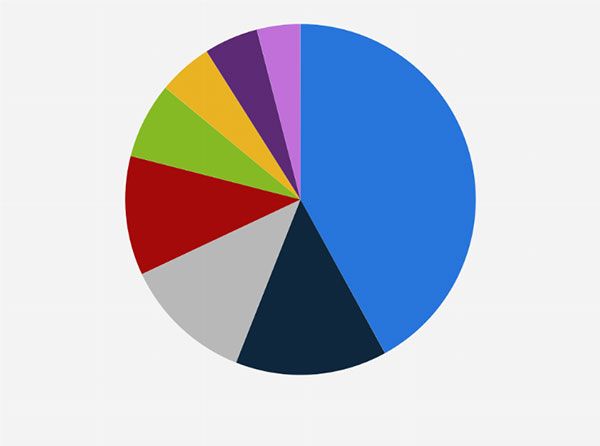
Leading Solar Panel Brands
Tongwei Solar
Originating from China,
Tongwei Solar is a noteworthy player in the solar industry. Their panels are recognized for their impressive efficiency, frequently reaching rates of up to 21%. One of their prime advantages is the combination of cost-effectiveness and quality. Their products typically range around $0.20 per watt, making them both affordable and efficient.
SunPower
A frontrunner in the solar industry,
SunPower offers panels with remarkable efficiency levels that often exceed 22%. Their Maxeon solar cells are renowned for their durability and ability to generate substantial power even in sub-optimal light conditions. While they tend to be on the pricier side, around $3 to $4 per watt, their long lifespan and top-tier performance justify the investment.
LG Solar
A subsidiary of the South Korean conglomerate,
LG, LG Solar panels combine aesthetic appeal with high performance. They frequently achieve efficiencies above 21%, and their sleek design makes them a preferred choice for homeowners concerned about the look of their rooftops. Prices typically hover around $2.80 to $3.50 per watt, a reflection of their premium quality.
Panasonic
Another industry leader,
Panasonic, produces solar panels known for their durability and efficient performance, often reaching 20% efficiency. They incorporate innovative heterojunction technology, which contributes to their enhanced power generation capabilities. They're usually priced between $2.50 and $3.20 per watt.
Canadian Solar
Founded in Canada but with global operations,
Canadian Solar provides a balance between affordability and efficiency. Their panels typically achieve efficiency levels of around 19% and are competitively priced at $2.20 to $2.80 per watt, making them a go-to choice for many large-scale projects.
Trina Solar
Trina Solar, a Chinese giant in the solar industry, offers panels that are both high-quality and reasonably priced. Their products often achieve efficiencies of 20%, and with prices around $2.30 to $2.90 per watt, they represent excellent value for both homeowners and businesses.
JinkoSolar
As one of the largest solar panel manufacturers globally,
JinkoSolar has established a reputation for producing reliable panels with efficiencies often reaching 20.5%. Their cost-effectiveness, with prices around $2.40 per watt, combined with consistent performance, makes them a favorite in many markets.
First Solar
First Solar stands out for its thin-film panels, which are different from the typical crystalline silicon panels. Their panels are known for their robust performance in hot climates and often have efficiency levels around 18%. With prices averaging $2.50 per watt, they offer a unique solution in the solar market.
In the ever-evolving solar industry, these brands have consistently demonstrated their commitment to quality, innovation, and value. Choosing between them often comes down to specific needs, budget, and location-based factors.
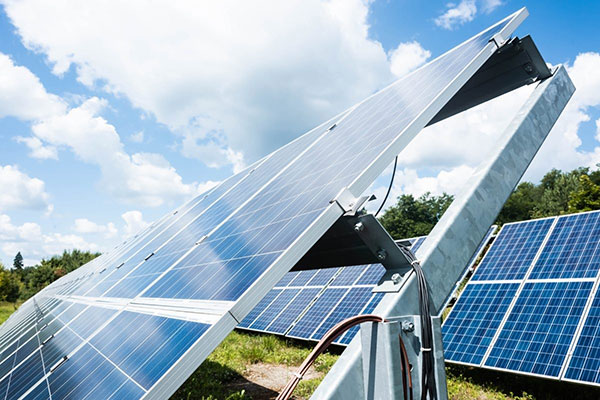
Factors to Consider When Choosing a Solar Panel Brand
Climate and Location
Your geographical location and the prevailing climate have a direct impact on the solar panel's performance. For instance, in areas with high solar insolation, like parts of Arizona or California, you might not need as large a system as in cloudier regions. However, modern panels are designed to capture diffused light effectively, ensuring consistent energy generation even in places with frequent cloud cover. Also, panels' efficiency can decrease in extreme heat, making
temperature coefficient a vital parameter to consider. A standard panel might lose 0.4% of its efficiency for every degree above 25°C.
Roof Type and Space
The type and size of your roof influence the kind of solar installation you can accommodate. For instance, asphalt shingle roofs are generally easier to work with than tile or metal roofs. The available roof space determines the number of panels you can install. Remember, it's not just about the roof's size but also its orientation and angle. A south-facing roof in the Northern Hemisphere often yields the best results. Typically, a standard solar panel measures about 65 inches in length and 39 inches in width, and you'd need to factor in this
size when considering how many panels your roof can host.
Energy Needs and Consumption
Before deciding on a solar panel brand or system, assess your household's energy consumption. Check your electricity bills for the past 12 months to get an average. With this information, you can determine the system size required to cover your energy needs. For example, if your home uses an average of 900 kWh per month, you'd need roughly a 7 kW system in a region with average solar insolation. The
energy needs directly influence the number and efficiency of panels you'd choose.
Return on Investment and Budget
Solar panels are an investment. It's essential to balance the upfront costs with the long-term savings. High-efficiency panels might have a higher upfront
cost, but they could offer more significant savings over time. On average, the payback period for solar panels is around 7 to 8 years, but this varies based on local electricity prices, solar incentives, and the system's
price. It's also worth considering financing options and available incentives to bring down the initial expenses.
In conclusion, when diving into the world of solar energy, it's crucial to weigh all factors. Making an informed decision tailored to your specific needs and circumstances ensures that you get the most out of your solar investment.
Benefits and Drawbacks of Top Brands
Advantages of Leading Brands
- High Efficiency: The primary edge of top solar panel brands like SunPower and LG Solar is their high efficiency, often exceeding 22%. This ensures maximum electricity generation even in limited space.
- Durability: Renowned brands prioritize long-lasting products. For instance, Panasonic panels are known for their durability, ensuring that they withstand various environmental challenges from hail to high winds.
- Warranties: Leading brands, confident in their product's quality, offer robust warranties. Brands like Canadian Solar provide 25-year linear performance guarantees, ensuring consistent output over time.
- Cost-Effective Solutions: Brands like Tongwei Solar excel in offering a blend of quality and affordability. Their products are not only efficient, often reaching 21%, but are also competitively priced, providing excellent value.
- Technological Innovations: Companies such as First Solar bring unique technological solutions to the market. Their thin-film panels are particularly effective in hot climates.
Limitations to Consider
- Initial Costs: Some top brands come with a hefty price tag. While the long-term benefits might justify the cost, the initial investment can be a barrier for some.
- Space Requirements: High-efficiency panels from brands like JinkoSolar can generate a lot of power, but larger systems might require substantial roof space. This can be a limitation for homes with small or shaded roofs.
- Maintenance Needs: While solar panels generally require minimal maintenance, certain brands might have specific needs to ensure peak performance, translating to additional costs over time.
- Availability and Installation: Some top brands might not be readily available in all regions, and installation can sometimes be a challenge if local installers are not familiar with a particular brand's products.
While each brand has its strengths, Tongwei Solar stands out for those seeking a balance between cost and performance. Their panels offer excellent efficiency rates, and their pricing ensures homeowners get maximum value for their investment. However, as with all purchases, it's essential to evaluate both the advantages and limitations of each brand against individual needs and constraints.
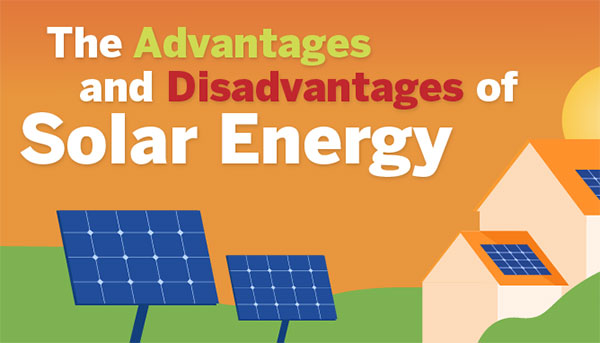
Innovations and Future Trends in Solar Panel Technology
The solar industry is rapidly evolving, driven by technological advancements and growing environmental concerns. New innovations are continually emerging, enhancing efficiency, driving down costs, and ensuring solar remains at the forefront of renewable energy solutions.
Bifacial Panels and Tracking Systems
Bifacial Panels: Unlike traditional solar panels that only capture sunlight from one side,
bifacial panels can harness light from both the front and the rear. This dual-sided design can increase energy yields by up to 30%, depending on the reflective properties of the surface they're installed over.
Tracking Systems: Solar trackers adjust the panel's position throughout the day, ensuring they are always oriented toward the sun. This maximizes sunlight absorption and can boost efficiency by 20-25%. However, these systems can be more expensive due to the added mechanics and increased maintenance.
Flexible and Transparent Solar Panels
Flexible Panels: These are lightweight, bendable solar panels made using innovative materials such as perovskite. They can be integrated into various surfaces, including tents, clothing, or even rollable solar blankets. Their flexibility means they can be used in places where traditional rigid panels would be impractical.
Transparent Panels: Imagine windows that generate power.
Transparent solar panels are becoming a reality and can be integrated into building facades or windows. While their efficiency is currently lower than traditional panels, ongoing research aims to close this gap.
Integration with Smart Homes and IoT
Smart Home Integration: Solar panels are now being integrated with smart home systems, enabling homeowners to monitor and control their energy consumption in real-time. For instance, during peak sun hours, excess energy can be diverted to high-consumption appliances.
IoT Devices: With the rise of the
Internet of Things (IoT), solar panels can communicate with other devices, optimizing energy use. For instance, if a cloud cover is predicted, your smart home system might decide to use grid power for specific tasks and save solar-generated power for later.
In conclusion, the future of solar panel technology looks promising, with constant advancements making it more accessible, efficient, and integrated. As research progresses and new solutions are commercialized, homeowners and businesses can expect even more benefits from this clean energy source.





